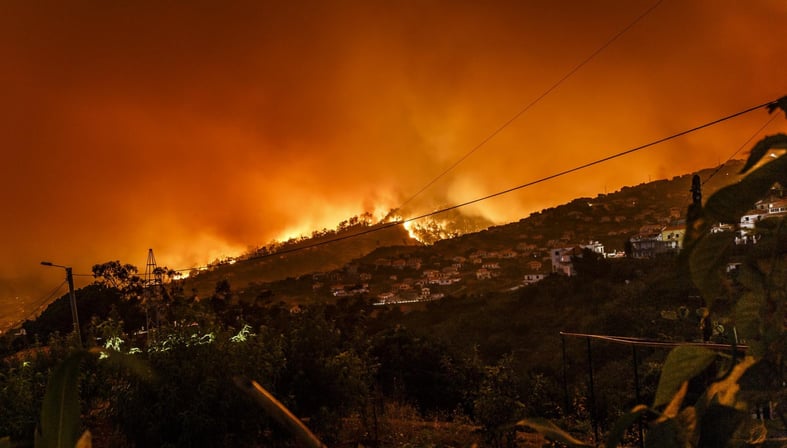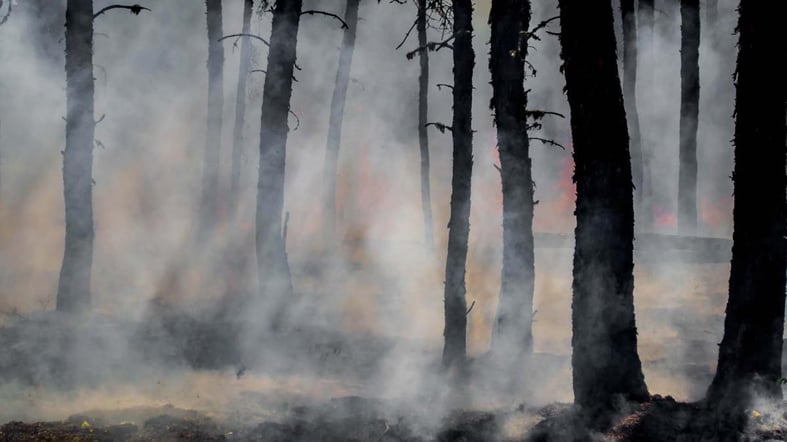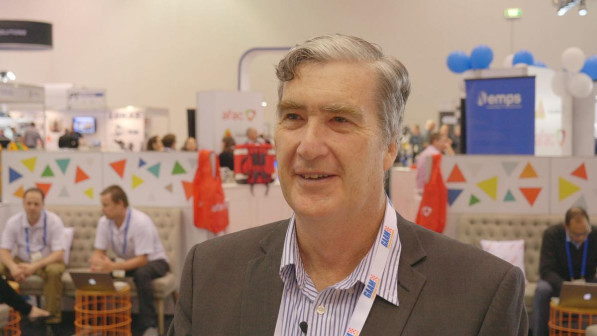- Can you explain the role of NAFC?
- How are you preparing for the upcoming bushfire season?
- What is the future of drones looking like in firefighting?
- How is Australia leading the way in Aerial Firefighting?
Can you explain the role of NAFC?
The National Aerial Firefighting Centre (NAFC) is a collective of states and territories that work together to share knowledge and specialised firefighting resources. This way we can move expensive equipment between states to meet surges in demand. One of the ways we do that is making sure there are common standards and contract systems in place. The tracking and event reporting system is a great example of a national system that we’ve put together to support the aircraft. TracPlus provides us with data integration services for tracking and event reporting.
All the aircraft are equipped with standardised tracking and event reporting equipment, which reports into TracPlus — and TracPlus then makes this consolidated data available in a number of different ways to our customers. We need to do that because the customers all have their own unique systems and different data that they require.
It was our mission to find a solution that was completely interoperable across Australia, and indeed interoperable with systems across the world as many of our aircraft come from North America so it’s important they don’t need to re-equip just for missions in Australia.

How are you preparing for the upcoming bushfire season?
Well, it’s already started. Usually, we see bushfires first across the North of the country and they gradually move South. But we’re seeing fires across the country already, so it’s certainly ahead of schedule. It has the potential to be an “above average” season, especially in parts of New South Wales and Victoria. It would now take well above average Spring rains to address that situation.
But at the end of the day, it’s about probabilities and whatever happens, happens. Our job is simply to be prepared for that. We’re certainly making sure we’re ready to go for an above average season.
To do so, we’ve been in conversation with our North American partners about starting our aircraft earlier and possibly having extra resources in place.

What is the future of drones looking like in firefighting?
We have no doubt that drones will play an ever-increasing role in emergency management and firefighting. Whether that’s for gathering information or potentially even dropping water in the future (although I believe we’re still a little way from that). But there are all sorts of roles already emerging! The capabilities are improving all the time, the costs are coming down, and they offer a lot of possibilities in many roles. The information gathering role is certainly an obvious one, especially in hard-to-reach areas, or at night. I see great possibilities for gathering rapid damage assessment immediately behind a fire front.
There are a few regulatory issues to resolve before we can feel confident in using drones safely and effectively. One thing that is essential is that they’re integrated into the system like any other aircraft — it's about treating them as “just another aircraft”. We need to have the same ability to see them on the map, and track them so they’re integrated, and not creating a hazard for other aircraft.
How is Australia leading the way in Aerial Firefighting?
We like to think that here in Australia we organise things efficiently. We don’t have a huge number of aircraft compared to other parts of the world, but having solid systems in place where you can manage what you have to the best effect, and make sure they hit the priorities, means we get the best value for money, the best support for firefighters, and ultimately, the best service to the community.
At the end of the day it’s all about providing situational awareness and providing a picture of where those aircraft are, and then being able to manage them effectively and towards the priority activities. We think we've lead the world market here — particularly when it comes to event reporting. Now we’re getting great data from the aircraft that enables us to analyse a situation, obtain incidental intelligence on what the fires are doing and how aircraft are responding, but also beyond the incident, to analyse the effectiveness and look at ways of improving our wildfire response operations as well.
